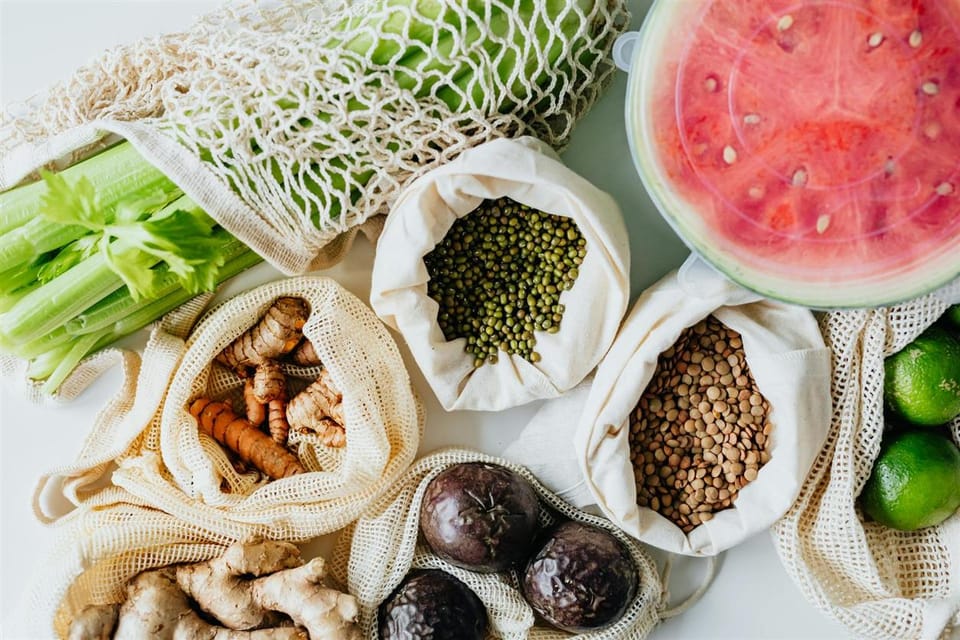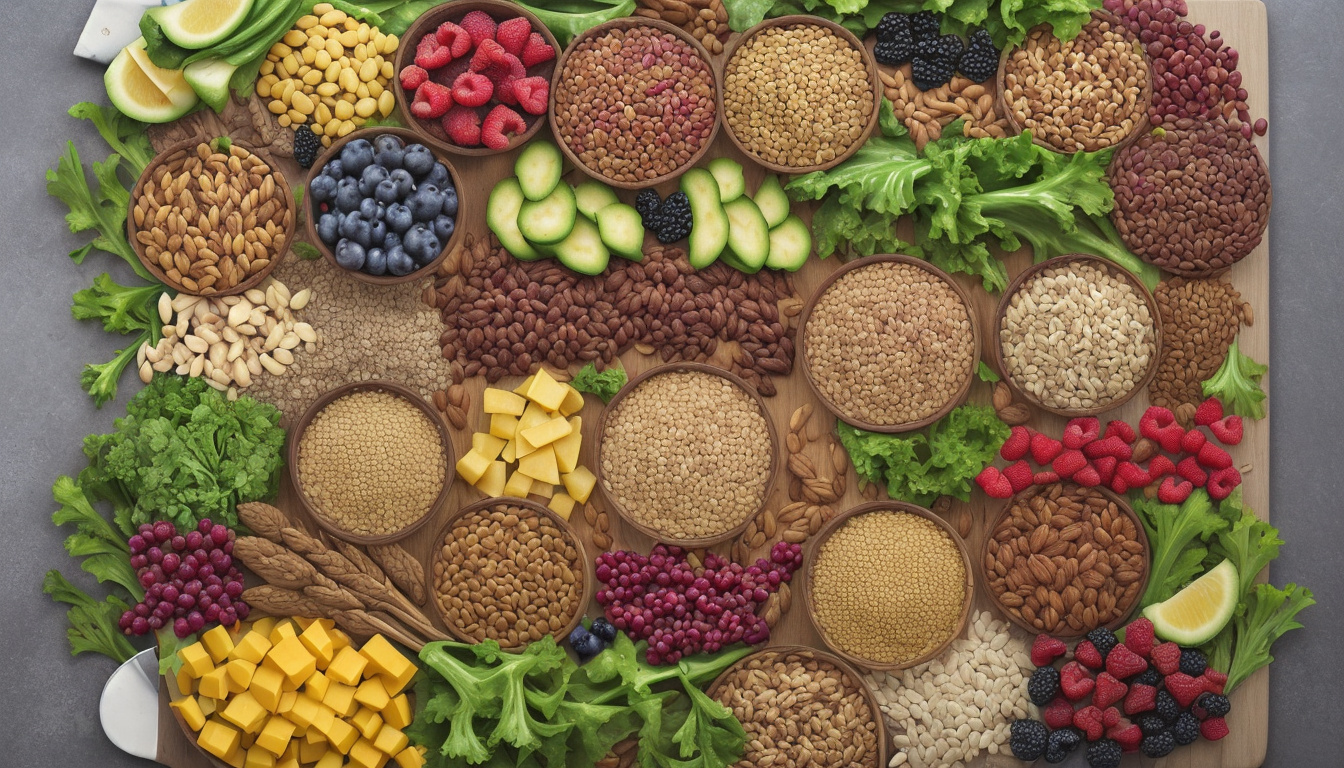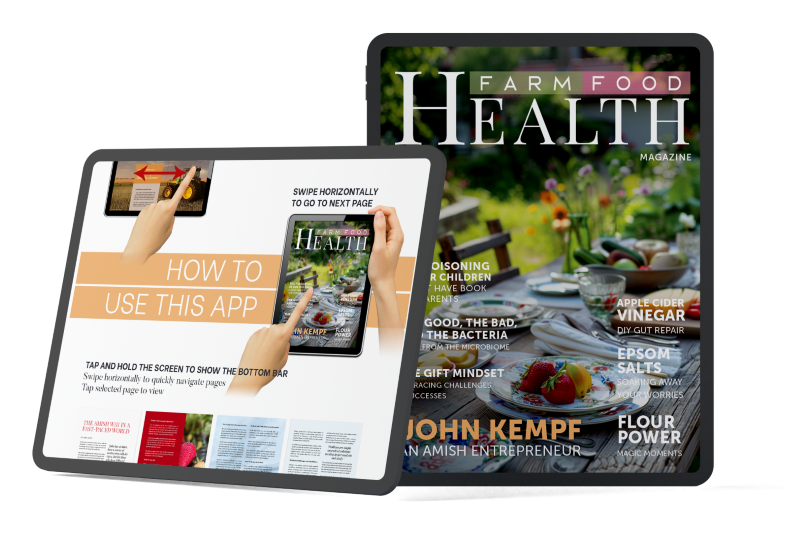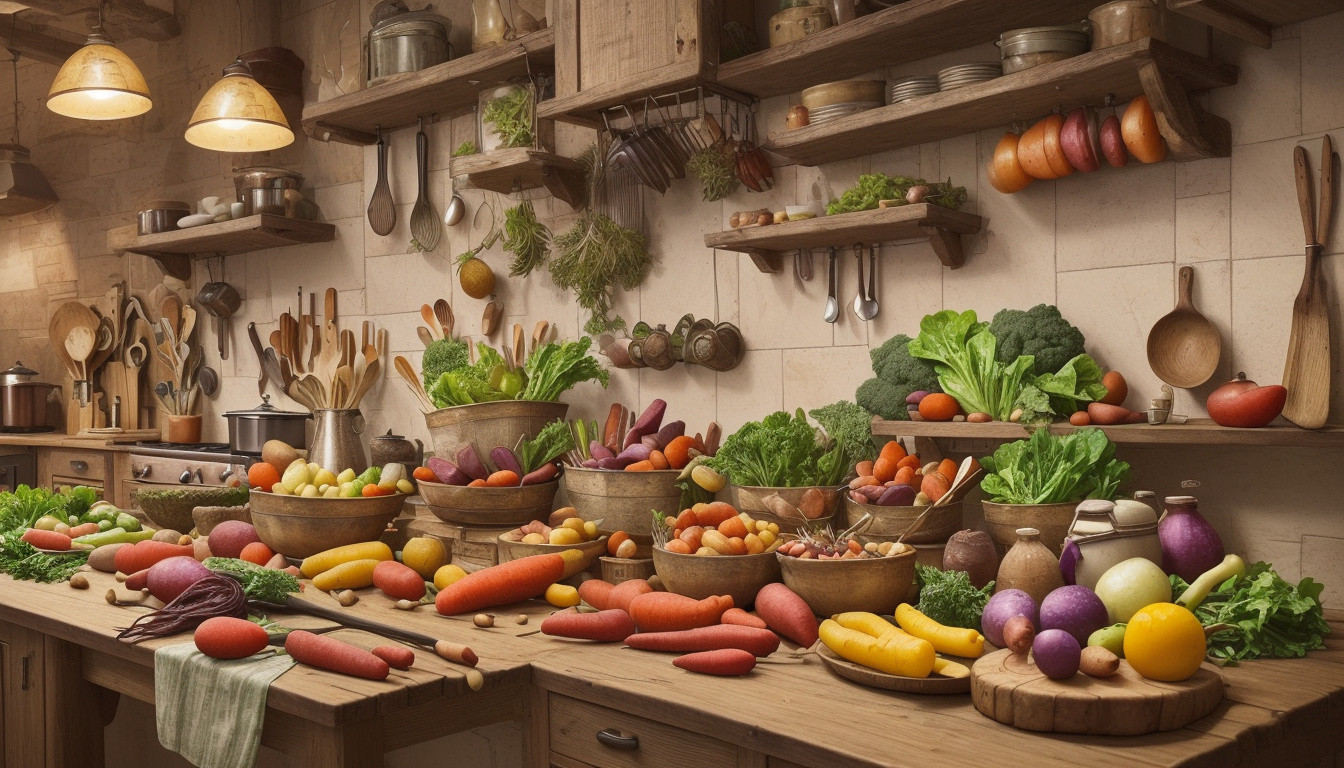Nutrient Density: Discover Food's Secret Superpower for Optimal Health

In our quest for health, we search for food trends that promise change. The term "superfoods" grabs our eye, but we now see nutrient density as a simple, effective idea. This article explains nutrient density, its role in our health, and lists some of the most nutrient-rich foods.
Understanding Nutrient Density
Nutrient density links key nutrients with calorie count. Foods high in nutrient density pack vitamins, minerals, and helpful compounds in few calories. This link lets us reach good health while avoiding extra calories.
Some foods get the "superfood" label. That name often masks a market trick. Real nutrient-dense foods give true, measurable gains. A balanced diet is best, but a focus on dense foods can lift your overall well-being and cut disease risk.
What Makes Food Nutrient-Dense?
Dense foods share these traits:
- High Levels of Key Nutrients: They pack vitamins and minerals with few calories.
- Active Compounds: They contain antioxidants, inflammation fighters, and fiber that support body functions.
- Low Calorie Count: They deliver needed parts without extra energy in each bite.
Top Nutrient-Dense Foods to Include in Your Diet
Below is a list of foods that fit the dense profile. Use them in your meals to enjoy tasty food and gain solid benefits.
1. Leafy Greens
Greens like kale, chard, and spinach fill your plate with vitamins A, C, and K. They add fiber and minerals. Their fight against inflammation may help lower heart risks.
2. Berries
Berries such as blueberries, strawberries, and raspberries hold antioxidants, vitamins, and fiber. They support heart care and mind sharpness. Use them in both sweet and savory dishes.
3. Salmon and Other Fatty Fish
Fish like salmon hold omega-3 fats that aid heart care. Other types such as mackerel and sardines work in the same way. These fats help cut inflammation and support brain work.
4. Eggs
Eggs bring high-quality protein and a range of vitamins. The choline they hold helps the brain work well. Though once seen as risky due to cholesterol, eggs show clear nutritional power.
5. Legumes
Beans, lentils, and peas are plant proteins rich in fiber and nutrients like iron and potassium. They help you feel full for longer, which can help in managing weight.
6. Nuts and Seeds
Nuts and seeds provide healthy fats, protein, and fiber. They have been linked to a lower chance of heart troubles. Enjoy them as snacks or sprinkled on meals.
7. Fermented Foods
Foods like kefir and yogurt carry live cells that aid digestion. Choose plain varieties to get a pure boost without extra sugars.
8. Garlic
Garlic brings strong flavor and good health parts. Its allicin compound may lower harmful fat levels and guard against some cancers.

Making Nutrient Density Work for You
Try these tips to use nutrient-dense foods well:
- Varied Meals: Fill your plate with different dense foods for a wide range of nutrients.
- Whole Foods First: Choose whole, unprocessed foods that keep their natural parts.
- Plan Your Meals: Set up your menu to include dense foods so your diet stays balanced.
Conclusion
Knowing about nutrient density helps you pick better food. When you add dense foods to your meals, you give your body the vitamins and minerals that it needs. Small changes in your diet can start a long, healthy journey. Start today by adding a few of these nutrient-rich foods to your plate, and you will be on your way to better health.
We publish a quarterly magazine available in IOS, Android and Web reader. Stories and articles curated from amazing people all around the world.






